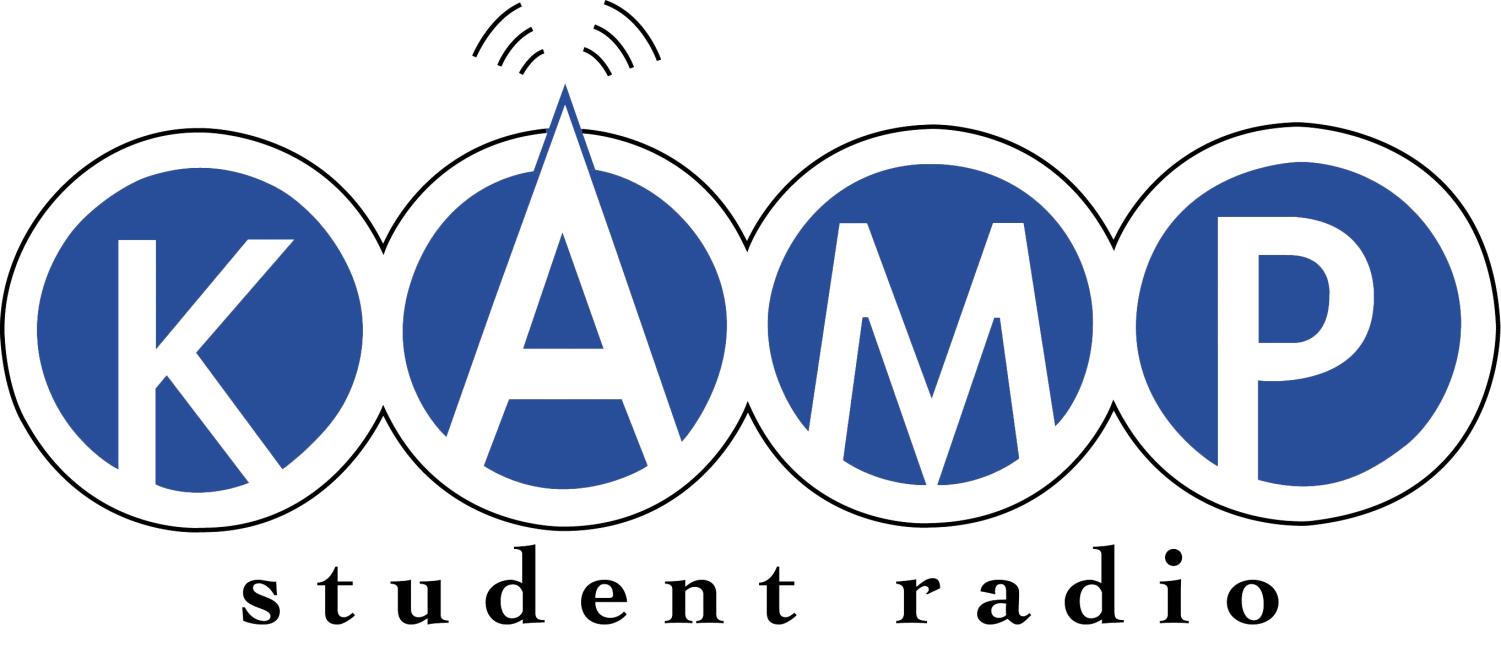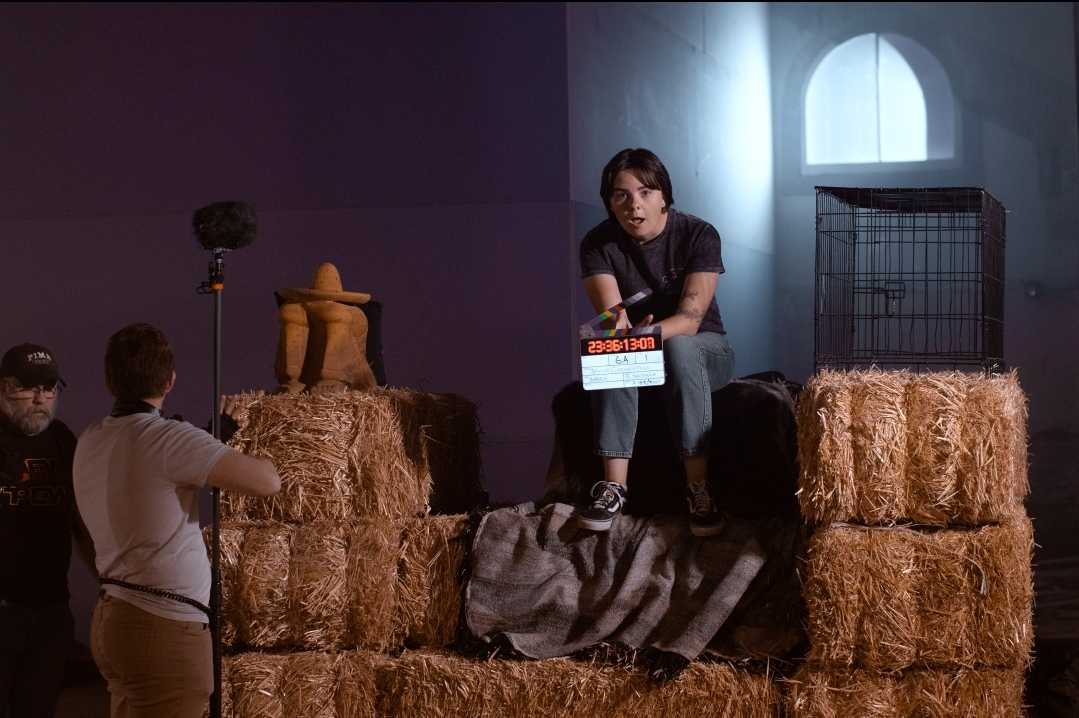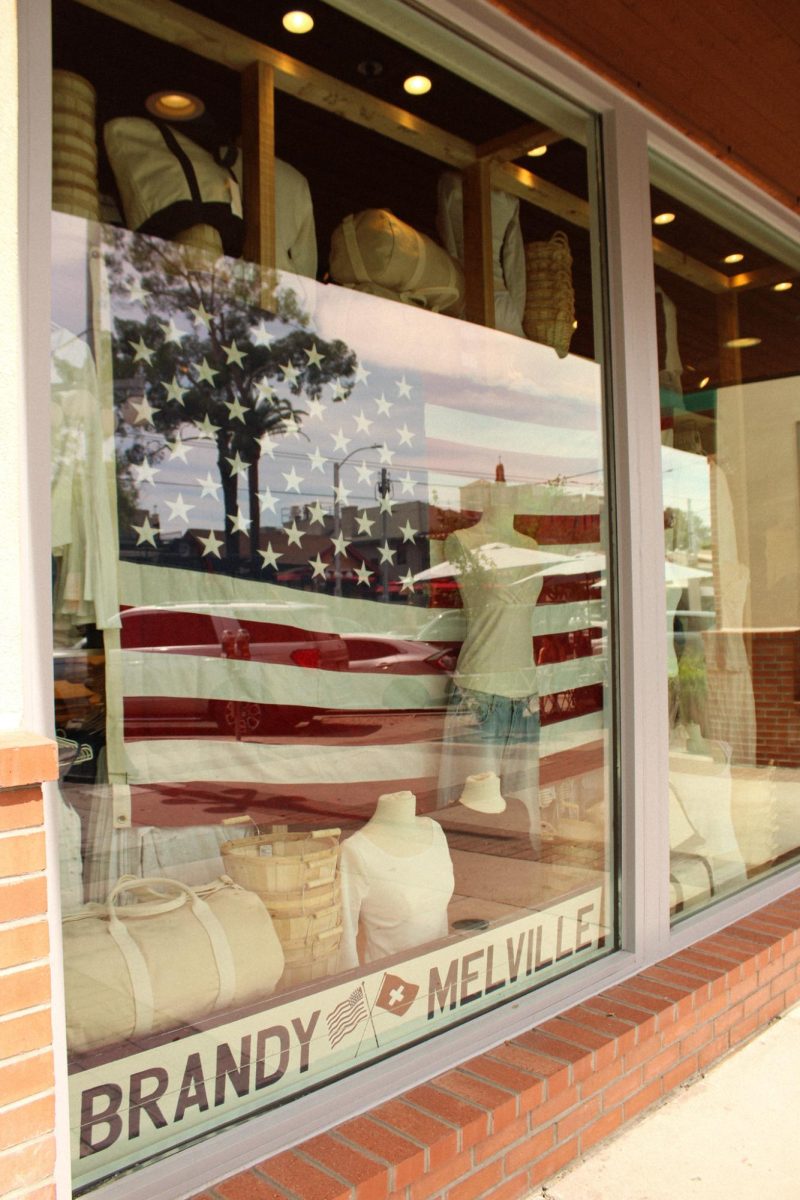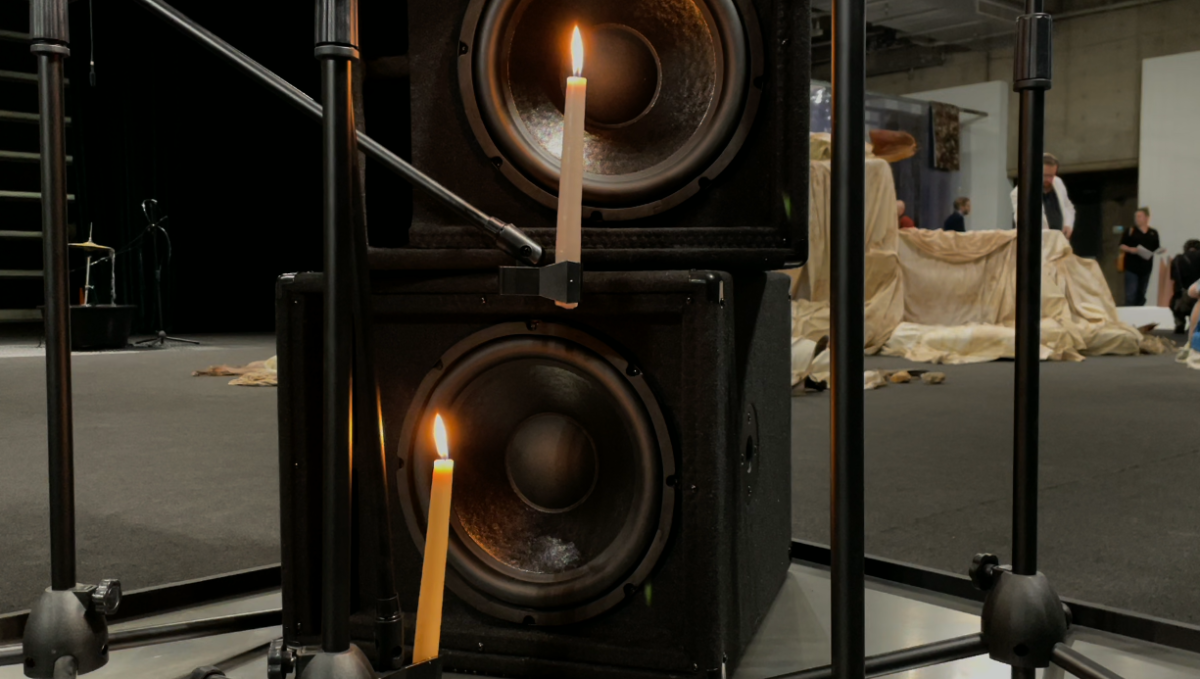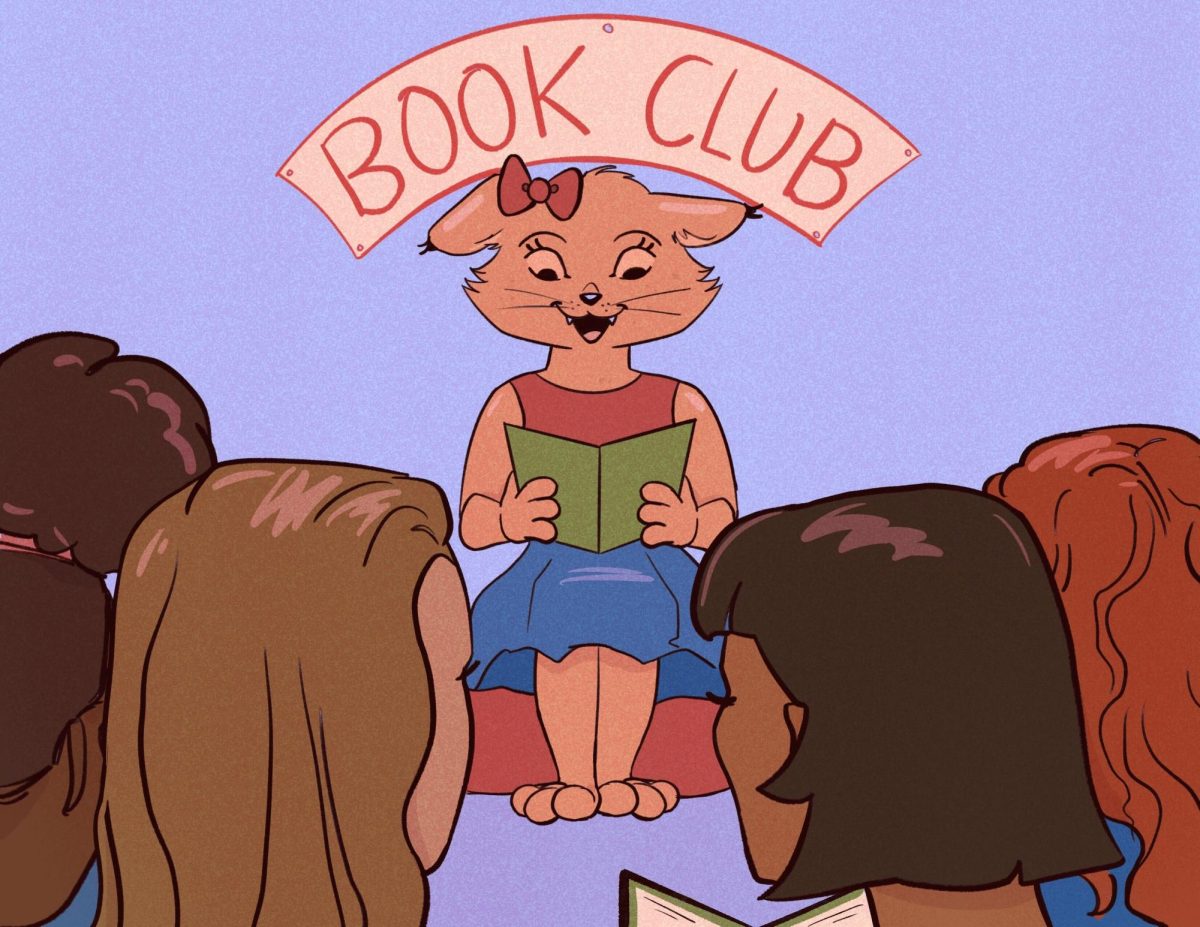On Saturday, March 22, at White Stallion Ranch, between 15 and 20 filmmakers from the University of Arizona gathered to film two grown men in chicken suits battling.
The masterminds behind this idea are co-directors David Joseph Aberle and Steven Saldaña. Their film, “Saving Clementine,” is a comedy short in which two brothers are kidnapped and forced into a cockfighting ring. The film serves as their final project for Peter Lauer’s Fiction Production class. Seats are limited, and only 20 film students per year can take Fiction Production, which holds a single class session during the spring semester. Aberle notes that Saldaña only made it off the waitlist after several students dropped out.
The 20 students are then split into pairs to create 10 short films, which will debut at the screening event called Magic Hour, taking place this year on May 13.
“Our teacher for the Magic hour class, Peter Lauer, is one of the best teachers I’ve ever had,” Lindsey Policar, a junior BFA, said. “He’s just so smart and, has such great advice and lessons — and I think the best thing is and this goes for most of the teachers as well — but with him specifically he cares about it so much that in his free time, sometimes I’ll get an email at like one in the morning and he’ll be like, ‘I just had this cool idea for a shot you can do’ and I’m like, that’s so cool!”
Policar is co-directing the short film “My Other Half,” which follows two sisters as they confront their trauma during a party that’s going south.
Students are required to fund their own films out of pocket. Policar and her co-director, Brent Cesolini, filmed “My Other Half” on a budget of $200, mostly raised through a GoFundMe campaign. According to Policar, the funding came largely from friends, family and her boyfriend.
Aberle and Saldaña had been saving money since last semester to fund their film, long before they had even settled on a genre. Together, the co-directors managed to set aside nearly $5,000.
“Mind you, it’s still considered a micro-budget. It’s nowhere near independent films asking for a couple million for a production. But we made use of what we had,” Alberle said.
Juggling a film production alongside a full schedule of classes has proven to be challenging for the budding filmmakers, who are tasked with coordinating crews ranging from 15 to 50 members, depending on the project’s needs. Aberle credits good organization and his wife with keeping him on track through the chaotic filming process.
According to Sarah Astrowsky, co-director of the film “The Dancer,” she and her co-director, Sean Leeman, had to catch up on sleep once they returned their equipment after a long weekend shoot.
“There are so many moving parts to making a film, but it’s all about balance and communication,” Astrowsky said in an email, “I’m beyond excited to finally piece everything together and showcase our talented cast and crew.”
The junior BFA filmmaking journey doesn’t end with Magic Hour. For their senior year, BFAs create a senior thesis film, which is presented at the screening event I Dream In Widescreen. Even as they work on their Magic Hour projects, students like Policar and Aberle are already planning their next large projects. In contrast to a comedy about cockfighting, Aberle is planning an indigenous horror film.
“This is a culmination of our learning experience here at U of A. So going into indigenous horror or something that I’m really connected to being a medicinal person from my Diné Navajo tribe.” Alberle said. “Having that connection to the spiritual world, already being able to tell certain spirits stories and being able to showcase that world which is almost untapped due to taboo and due to only certain people being able to tell those stories, while still keeping sacredness.”
Some Magic Hour productions will continue filming throughout April, while others have begun the post-production process, including editing and effects work. All are preparing for their hard work to be screened on May 13.

